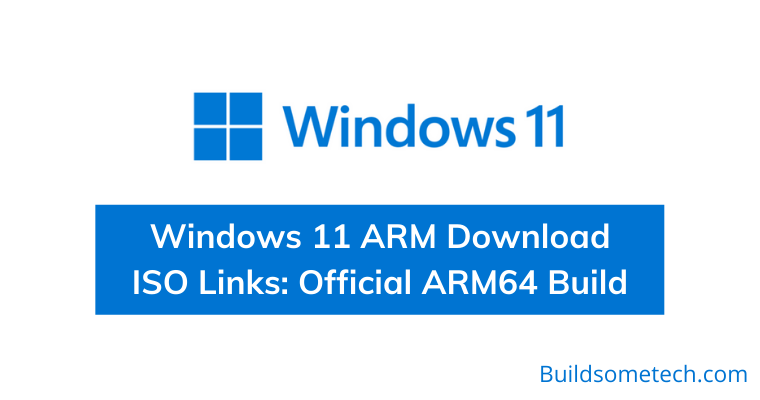

What it doesn’t do is convert the instructions in an app, or guest operating system, to run on a different processor architecture: that’s a quite different problem that I’ll return to below. What virtualisation does is provide a host environment which lets you run a different operating system with access to your Mac’s hardware, by running as a layer between the guest operating system and hardware drivers.

Operating systems like macOS, Windows and Linux provide layers of access to that hardware to the apps running on them. Here I explain what you can and can’t do.Ĭomputers consist of common types of hardware: CPU cores, storage, displays, and input devices such as a keyboard, mouse and trackpad. This started to change in Big Sur, and is very different when you’re running Ventura on an Apple silicon Mac. I would tell my students not to bother spending $40 for parallels unless they have AT LEAST 8 gig of memory, less than that it is just wouldn't be worth the price.Until recently, virtualising a machine and its guest operating system on a Mac has been complex, and something we’ve turned to Parallels, VMware, or other software to do all the work to run an older version of macOS, Windows or Linux. The only good news there is really is that there is a 50% discount for students for the basic version of parallels, point the student to this page for all the details:Īs a final note I will say that the minimum recommended specifications for Parallels is quite low and I would expect most users with that bottom of the line computer to have a very unsatisfactory experience. Of course the instructions for doing this are all for virtualbox and so many exact details on installation and running of the windows machine will differ slightly with parallels. The best solution at this time is recommend to the student to buy parallels, which is akin to VirtualBox in that it will allow installation and running of Windows Virtual machines. I also suspect this is going to be more and more of a problem as Apple moves more and more of their computers to the M1 chips. cheap and easy) solutions at this time to getting students access to DNA Master with the newer M1 hardware.


 0 kommentar(er)
0 kommentar(er)
